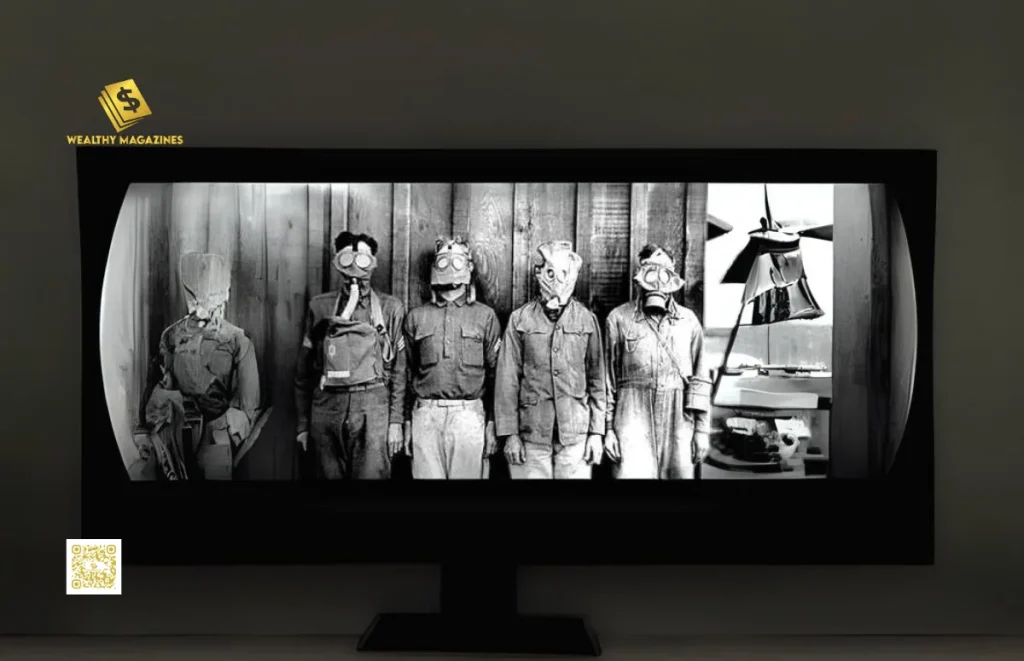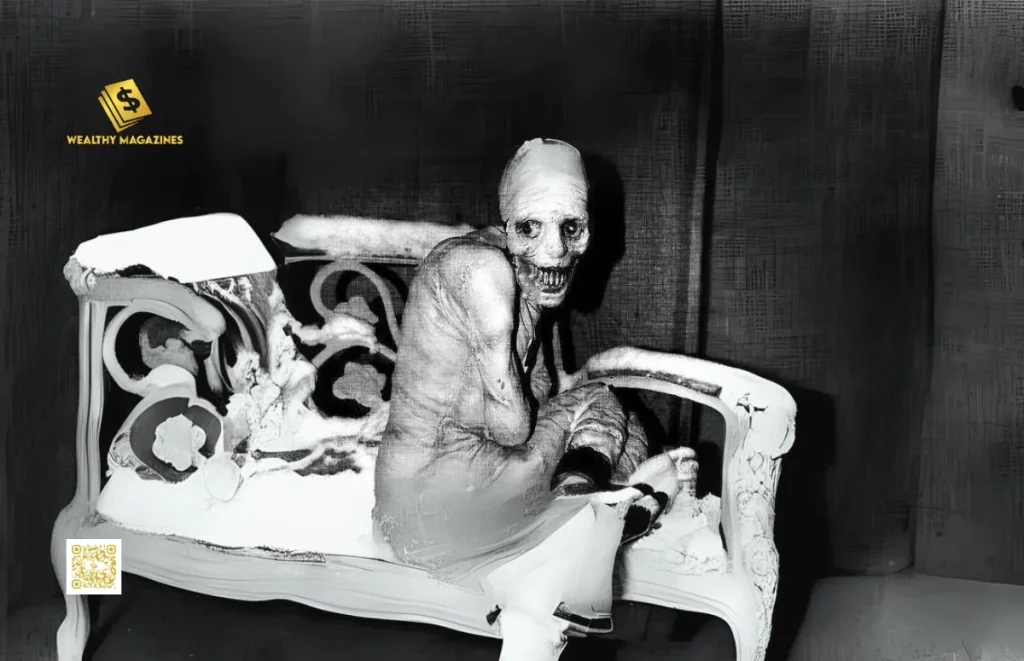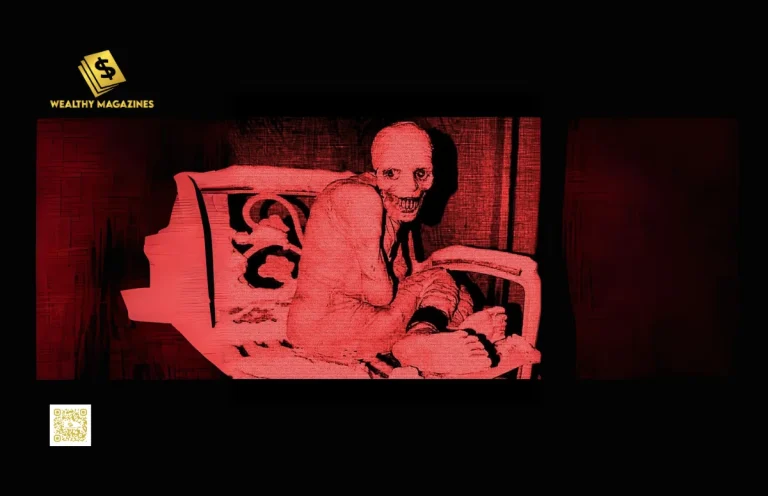It’s a question worth asking: why do we sleep, and what if we don’t sleep for a long time? Well, in the past, many scientists have done sleep experiments using animals to find out what happens if the animals don’t sleep.
Despite the negative outcomes and deaths of some animals due to sleep deprivation, no human experiments took place until WWII.
An infamous experiment was done on humans called “The Russian Sleep Experiment” in WWII. This experiment set out to give an explanation to the questions mentioned above.
However, the experiment’s reputation remains veiled in mystery. It’s the authenticity of this experiment, not the outcome, that makes people wonder if it even happened at all.
Russian scientists originally conducted this experiment to test an anti-sleep gas on five Soviet Union prisoners. First discussed in the “creepypasta” community around 2010, it is the most horrifying fiction or reality that anyone has ever encountered.
Why is the Russian sleep experiment still in doubt for its authenticity?
The experiment’s status as fact or fiction remained unanswered because it took place before the development of closed-circuit television. Since there are no such proofs to declare it an actual incident, the truth of it is continuously questioned.
According to a video posted on YouTube by The Infographics Channel, which gives graphical descriptions of historical, contemporary, and literary events, the Russian sleep experiment most likely has a fictional origin. One thing to note is that the story’s only apparent original source appears to be a website that tells spooky (made-up) stories. However, the science itself is not convincing.
Is there a real limit to how long a person can stay awake?
The present record for the longest period of continuous awakeness is slightly more than eleven days, set by Randy Gardner in 1963. Even though Gardner sought to establish that not getting enough sleep wouldn’t have any negative consequences, Dr. Hsu says that throughout those 11 days, Gardner went through significant behavioral and cognitive changes. Paranoia, hallucinations, memory problems, extreme trouble concentrating, and mood swings were some of his other symptoms.
Amphetamines may have had a role in keeping troops alert during past warfare, but there is no proof of a gas that could do the same for fifteen days, according to science. Furthermore, research has shown that even after only 48 hours of sleep deprivation, individuals have a slowdown in reaction time, confusion, error-proneness, and overall diminished effectiveness as soldiers.

Even though medical research does not support this story, whoever wrote it still gets points for their creativity.
Let’s take a look at the abridged version of the story of this terrifying experiment.
The Russian Sleep Experiment’s story:
The purpose of this experiment was to test the effects of sleep deprivation and a new anti-sleep stimulant that would allow Russian soldiers to go without sleep for about 30 days.
To test this stimulant and the effects of sleep deprivation, the Soviet Union kept five prisoners in a sealed room filled with anti-sleep gas. The captives were falsely assured that they would be released after the experiment. Therefore, these prisoners—often referred to as “The Test Subjects”—agree to participate in the experiment.
The first five days of the experiment:
Over the first five days of research, there were no adverse effects. Their discussions and activities were being recorded, and it had been observed that they continued to discuss progressively traumatic past events, with the general tone of the discourse becoming darker after the fourth day.
The next four days of the experiment:
After the fifth day, the test subjects began grumbling about the circumstances that had brought them here, as well as turning over each other. They stopped chatting with one another and started whispering into the microphones and one-way mirror portholes installed in the room to monitor their activity. It appears that they were in a state of paranoia, believing that they could obtain the trust of the experimenters by conspiring against each other.
10th day of the experiment:
When the ninth day passed, one of the prisoners screamed. He raced the length of the chamber, howling at the top of his lungs for three hours, still trying to scream but only making squeaks. Researchers believed he literally tore his vocal cords.
The way the other hostages responded—or rather did not respond—to this behavior is what caught me off guard the most. Up until the second captive began to scream, they kept whispering to the microphones. The two calm hostages ripped the books, tainted them with their feces, and glued them to the glass portholes. After this, both the screaming and whispering stopped right away.
The experiment’s last four days:
The microphone remained silent for the next three days. The scientist reasoned that it was impossible to hear nothing in a room with five individuals. There was plenty of oxygen in the room, enough for five humans to consume even with hard physical movement; therefore, scientists assume that all five people were alive.
In an attempt to elicit a response from the prisoners, who they feared were either dead or vegetables, the researchers used the intercom within the room early on the fourteenth day, something they said they would not do.

An announcement was made regarding the opening of the chamber to test the microphone. The authorities instructed them to lie down on the floor and not approach the door, and if they followed orders, one of the prisoners would get immediate freedom.
They were shocked to hear, in a calm voice, the simple remark, “We no longer want to be freed.”
Opening of the Chamber:
After a long debate between the researcher and the military forces funding this research, they finally decided to open the chamber.
As soon as fresh air replaced the stimulant gas in the room, voices from the microphones began to protest. Three different voices began requesting to put the gas back on.
Soldiers were dispatched to retrieve the test subjects after the chamber was unlocked. The test subject started screaming much louder than ever before, and the soldiers also screamed when they realized what was inside the chamber.
Condition of the test subjects:
Four of the five individuals were alive, but no one could fairly define any of them as being ‘alive.’
All four “surviving” test victims had significant amounts of skin and muscle torn from their bodies. The researchers originally believed that the wounds were caused by teeth, but the destruction of flesh and exposed bone on their fingertips suggested otherwise. A more thorough analysis of the wounds’ locations and angles revealed that the majority, if not all of them, were self-inflicted.
All four test subjects had their abdominal organs below the ribcage removed. They had torn off the skin and most of the muscles linked to the ribs, exposing the lungs through the ribcage, but the heart, lungs, and diaphragm remained intact. Despite the damage, the patients’ organs and blood vessels remained intact, dispersed throughout their damaged but still-living bodies.
All four of them had visible digestive tracts that were actively breaking down meals. It did not take long to realize that the material they were breaking down was their own flesh, which they had torn off and consumed over several days.
Removal of the subjects from the chamber:
Even the special operations soldiers refuse to remove the patients after looking at their conditions. They screamed to be left in the chamber and begged to put the gas back on; otherwise, they would fall asleep.
The test subjects fought fiercely when taken from the chamber. The subject’s teeth cut one Russian soldier’s leg artery, tore apart one’s throat, and severely injured another. A week after that incident, five soldiers lost their lives by committing suicide.

One of the four living individuals ruptured his spleen in the struggle and bled out immediately. The medical researchers failed to subdue him. He fought like a cornered animal after being injected with ten times the human dose of morphine derivative, breaking one doctor’s ribs and arm.
After he bled out, his heart beat for two minutes with more air in his vascular system than blood. After it stopped, he screamed and flailed for 3 more minutes, struggling to assault everybody in reach, and repeated “MORE” weaker and weaker until he became silent.
The three surviving subjects:
Now, there were only three of the subjects who survived. The most injured one was taken to the surgical operation facility in an attempt to put the organs back in place.
Even after being given a sedative, the patient was furiously fighting against all the restraints when the anesthetic gas was brought to him. He even tore a 4-inch leather strap on one wrist, despite the weight of a 200-pound soldier on it. He had triple the usual oxygen level in his blood. In his fight to resist the control, he broke nine bones and tore his muscles.
The second survivor, who was unable to object to surgery due to a damaged vocal cord, just shook his head in disapproval of the anesthetic gas brought closer to him. He quickly nodded his head when someone in the room hesitantly suggested avoiding anesthesia during surgery.
Surprisingly, during the anesthesia-free surgery, the patient did not move for six hours straight, and the nurse who assisted in the operation said that the subject smiled frequently during the procedure whenever his eyes met hers.
After the operation, he attempted to communicate with the surgeon. Thinking of it as an important message, the surgeon handed a pen and paper to the patient, and you won’t believe what he wrote—”Keep cutting.”
The other two test patients had the identical surgery without anesthesia. Despite receiving the paralytic shot, the surgeon still found it challenging to operate due to the patients’ constant laughter.
The paralytic cleared their system quickly, and they tried to escape their restraints. As soon as they were able to speak, they demanded stimulating gas again. Researchers sought to figure out why they had hurt themselves, pulled out their guts, and desired the gas again. There was only one answer: “I must remain awake.”
The final words:
The final and scariest part of the story was the words of one of the three subjects before a researcher in the facility killed them.
Soon after the military commander ordered to put the subjects again into the room along with three researchers, one of the researchers pulled out a gun and shot the commander. Following this, all of the research staff left the room immediately. The researcher then points the gun at the remaining subject, saying that he doesn’t want to be locked in with these things.
“Have you forgotten with such ease?” The questioner asked. “We are you.” We are the insanity that exists within you all, begging to be free at all times in your lowest animal mentality. We are the ones you hide from in your beds at night. When you enter the dark refuge where we are unable to walk, you are what you sedate into silence and paralysis.
The scientist took a moment to think. The scientist then fired, aiming for the subject’s heart.
What if the story was actually true? That was the question that remained with all of us after this. The subject’s final remarks were so terrifying that it makes us wonder if there is anything about ourselves that we are blissfully ignorant of.
For more information, visit Wealthymagazines.com

